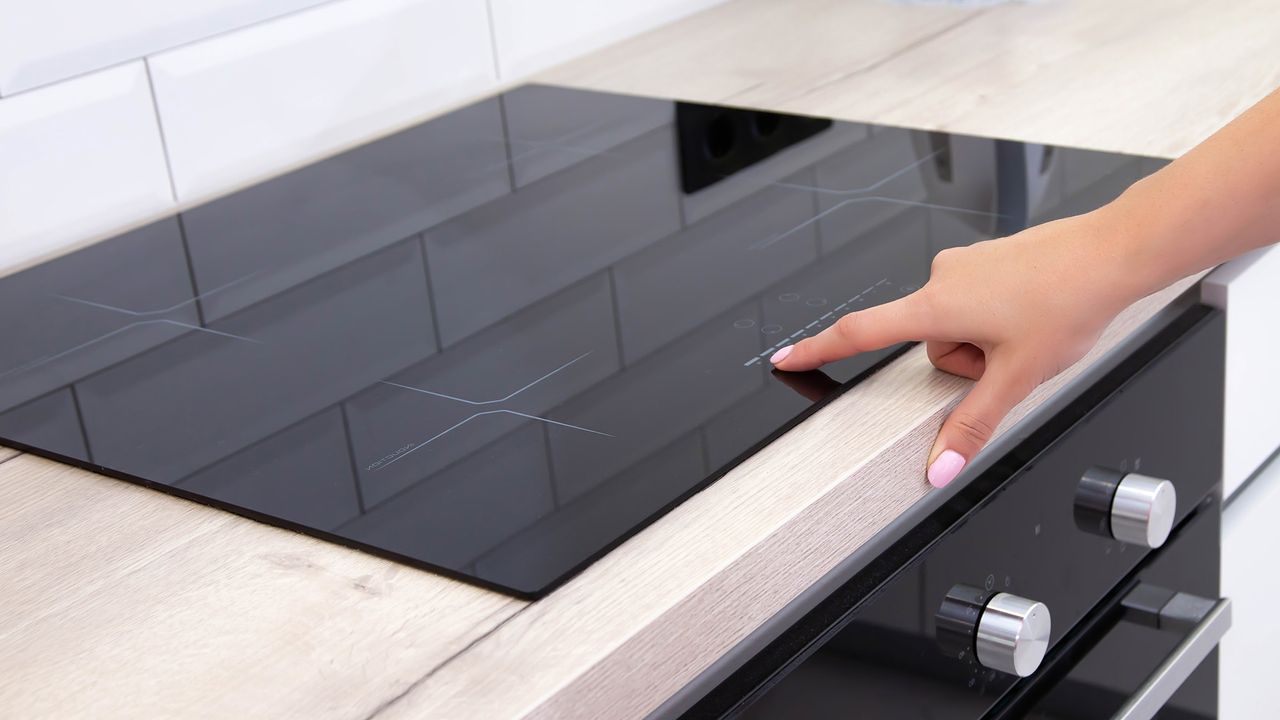Interest in induction cooking is on the rise as consumers seek efficient and modern alternatives to traditional gas and electric ranges. Culinary experts emphasize that transitioning to induction cooking can be seamless with proper guidance. Here are essential tips to help users navigate this innovative cooking method without confusion or mishaps.
Understanding Heat Distribution
One of the most significant changes when switching to induction cooking is the shift in heat distribution. According to Maricel Gentile, Chef and Owner of Maricel’s Kitchen, users accustomed to gas have a mindset focused on the “visual flame.” Induction cooking, however, relies on magnetic fields, meaning users must adapt to understanding settings numerically rather than visually.
Gentile advises learning the meaning of different dial settings, explaining how a “5” compares to a “10.” Jessica Randhawa, Owner and Head Chef at The Forked Spoon, echoes this sentiment, noting that users must quickly adjust their reactions when changing settings to avoid overheating food. Experience will help users trust their senses, as cooking balances art and science.
Induction technology ensures consistent heat across the pan, which contrasts with gas flames and electric coils that often create uneven hot spots. Mike Williams, VP of Sales and Marketing at Kenyon, points out that users may need time to adapt to this even heating surface.
Adjusting to New Sounds and Instant Heat Changes
Another adjustment involves the sounds associated with cooking. Traditional gas burners emit familiar sounds as flames adjust, while induction cooktops typically operate silently. Williams notes that some induction cookware may produce buzzing or humming noises at high power levels, but these can often be managed by lowering the heat.
When it comes to heat adjustments, users should prepare for instant changes. Gentile emphasizes the importance of recalibrating timing to accommodate induction’s rapid responsiveness. Kyle Taylor, Founder and Chef at HE COOKS, believes this aspect presents the biggest learning curve for newcomers.
Selecting the Right Cookware
Induction cooking requires magnetic cookware to effectively transfer heat. While stainless steel, enamelled steel, and cast iron are suitable options, aluminum, glass, and ceramic cookware are not compatible. Taylor recommends heavy-bottomed stainless steel or cast iron pans for their even heat distribution and responsiveness to temperature changes.
Randhawa prefers enameled cast iron and high-quality stainless steel, noting that cookware with a layered base provides excellent balance for everyday use. Users should also ensure that the size of the pan’s base matches the burner coil closely; mismatched sizes can lead to inefficiency and errors in cooking.
Adapting Cooking Techniques
To ease into induction cooking, Kenyon advises against placing an empty pan on a hot cooktop, as this can damage the cookware. Starting on low heat and gradually increasing it after adding ingredients is recommended. Taylor further emphasizes beginning at lower settings than one might initially think necessary, particularly for delicate cooking tasks like searing or simmering.
Utilizing the precision of induction cooking can yield exceptional results. Gentile encourages users to embrace this precision, allowing for gentle simmering over extended periods or quick transitions from boiling to poaching.
Avoiding Common Mistakes
New users often make a few mistakes during their initial experiences with induction cooking. Taylor identifies three common errors: turning the heat too high too quickly, failing to preheat properly, and using incompatible cookware. Randhawa adds that beginners frequently walk away from the cooktop while preheating, mistakenly assuming traditional cooking times apply to induction.
To minimize these pitfalls, Randhawa recommends starting with lower heat settings and adjusting upward as needed. Since induction cooking is notably fast, Kenyon warns that users should have all ingredients prepared before starting; if cooking must begin prematurely, it is wise to start on a low heat setting to prevent overcooking.
With these expert tips, transitioning to induction cooking can become a rewarding culinary adventure, offering precision and efficiency in the kitchen.






































































